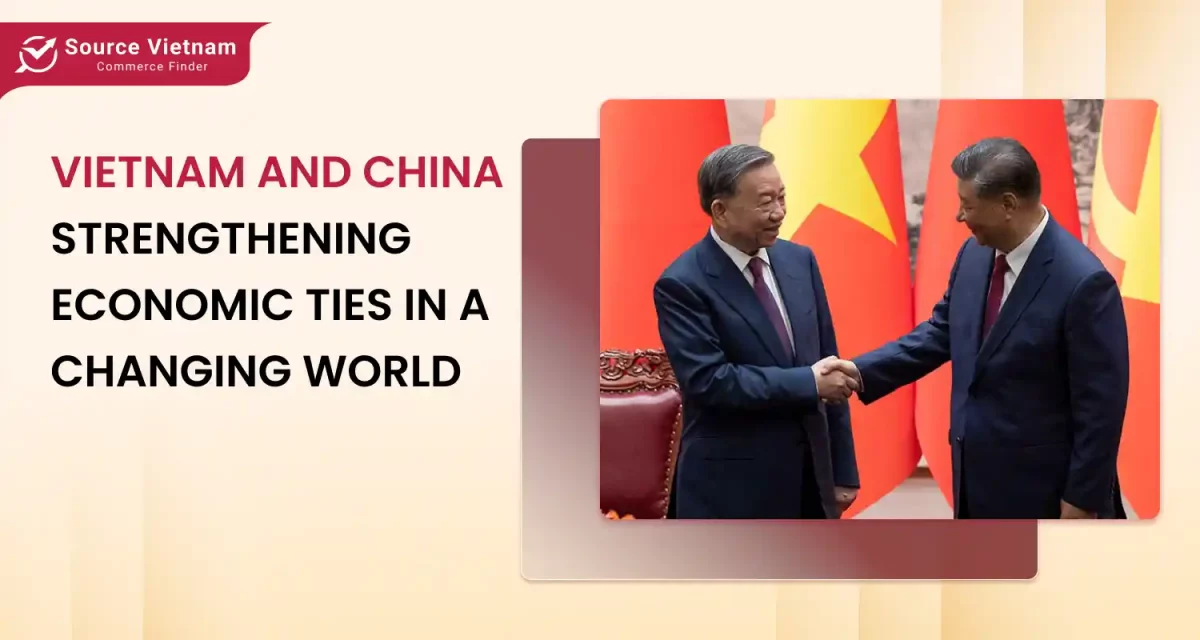Insight:
- Vietnam’s revised National Power Development Plan VIII (PDP8) outlines a bold strategy to meet growing energy demands and accelerate the transition to renewable energy by 2030.
- With targets for solar, wind, and biomass energy, as well as a significant focus on infrastructure and regional cooperation, PDP8 positions Vietnam as a future leader in green energy in Southeast Asia.

Where will Vietnam get its power from in the next 25 years? That’s a question gaining increasing relevance as the country faces growing electricity demand, rising urbanization, and the urgent need to tackle climate change. In response, Vietnam has updated its National Power Development Plan VIII (PDP8), a blueprint that not only outlines how the nation will generate and distribute electricity, but also reflects its broader ambitions for a green energy future.
This revision marks a significant step forward in how Vietnam thinks about energy: not just as a commodity, but as a strategy for sustainable growth, environmental responsibility, and economic security.
Key targets of the revised PDP8

The updated PDP8 sets bold but calculated targets that reflect Vietnam’s dual goals of ensuring energy security and accelerating the clean energy transition. Some of the key highlights include:
- Non-hydro renewable energy sources such as solar, wind, and biomass are expected to make up 28–36% of national electricity output by 2030.
- At least half of all residential and commercial buildings are projected to install rooftop solar panels for self-consumption.
- National power capacity is projected to reach between 89,655 and 99,934 MW by 2030, and could exceed 228,000 MW by 2050.
- Electricity consumption is expected to rise in parallel with Vietnam’s GDP, which is forecasted to grow at 10% annually from 2026–2030.
These figures don’t just reflect planning—they signal Vietnam’s readiness to lead the region in renewable energy deployment and innovation.
Power mix: Diversifying the energy portfolio
Vietnam’s energy future is not built on a single source but a whole symphony of renewables. The revised PDP8 outlines a dynamic power mix that puts solar, wind, biomass, and energy storage at the center. Solar energy will see an additional 4,100 MW installed by 2030, including 2,600 MW from rooftop systems—an ambitious step toward decentralized and community-powered electricity. Wind energy is emerging as the country’s rising star, with a total of 27,880 MW planned (21,880 MW onshore and 6,000 MW offshore). As the ocean breeze sweeps across the coast, it’s also quietly blowing in a new future for Vietnam’s energy landscape.

In addition, biomass and waste-to-energy plants will contribute 2,270 MW by 2030, rising to over 6,000 MW by mid-century. Energy storage—both pumped hydro and battery systems—will play a critical role in balancing the grid and managing intermittent renewables. While coal-fired power will remain in the mix with around 30,127 MW capacity, the lack of significant expansion signals a steady move away from fossil fuel dependency.
Infrastructure: The backbone of a green energy future
A smart power mix means little without the infrastructure to support it. PDP8 recognizes that the backbone of any successful energy transition lies in transmission and connectivity. The plan calls for extensive development of the national power grid, particularly at 220kV and higher, to accommodate the flow of renewable electricity from remote generation sites to demand centers. After all, without the wires, wind energy is just wind.
Vietnam is also scaling up regional cooperation by enhancing grid interconnections with neighboring countries like Laos, Cambodia, and China. Beyond hardware, PDP8 envisions a domestic ecosystem for clean energy innovation, developing local industries and services that can manufacture, maintain, and manage renewable energy technologies. This not only creates jobs but positions Vietnam as a future hub for green energy in Southeast Asia.
Vision 2050: A green and sustainable Vietnam
Looking ahead to 2050, Vietnam isn’t just chasing energy targets—it’s chasing transformation. With a national ambition to reach net-zero emissions by mid-century, the revised PDP8 aligns closely with Vietnam’s climate commitments under COP26. This is more than a plan—it’s a statement that Vietnam intends to move from an agricultural economy into a regional powerhouse of clean energy, particularly offshore wind.

The roadmap opens the door for private and international investors to participate in Vietnam’s renewable revolution, especially as the government creates more favorable conditions for market-based mechanisms and green financing. With its long coastline, abundant solar potential, and young workforce, Vietnam is positioning itself as Southeast Asia’s rising hub for renewable energy innovation, manufacturing, and exports. PDP8 isn’t just about energy supply—it’s about energy sovereignty and sustainable leadership on the global stage.
Conclusion
At its core, PDP8 is a compass, a strategic guide pointing Vietnam toward a cleaner, more secure energy future. But plans alone don’t light homes or power industries; execution does. The country has enormous potential but also complex challenges ahead: regulatory hurdles, infrastructure constraints, and capital mobilization will all test the plan’s success.
Still, the recent revisions to PDP8 show that Vietnam is thinking big, moving fast, and choosing wisely. In a world navigating energy crises and climate uncertainty, PDP8 may well be the lighthouse guiding Vietnam toward a new era of resilience and responsibility.















